Introduction
In the realm of Lean management, Constraint Management stands as a critical tool that addresses the most pressing challenge in any production or service process: the bottleneck. It’s a systematic approach designed to identify and tackle constraints, ensuring a smooth workflow and optimizing overall performance.
History and Development
The origins of Constraint Management are entwined with the Theory of Constraints (TOC), developed by Dr. Eliyahu M. Goldratt in the 1980s. Although TOC is a broader management philosophy, its principles are foundational to the Lean tool of Constraint Management, which has evolved to address inefficiencies in processes by focusing on the weakest links.
Key Principles
The cardinal principle of Constraint Management is that the throughput of any system is determined by one or few constraints. Identifying and improving these constraints is essential for process optimization. This approach does not dissipate efforts on non-critical areas, ensuring maximum impact from improvement efforts.
When to Use the Tool
Constraint Management should be applied when a process is not meeting its goals due to specific hindrances or limitations. It’s ideal when a particular stage in a workflow is slowing down the entire process, or when resources are constrained, and there’s a need to maximize output and efficiency

How It Works
Constraint Management serves as a pivotal approach within Lean management philosophy, targeting the core issue of bottlenecks within production or service processes. The methodology revolves around a systematic identification and resolution of constraints, with the overarching goal of enhancing workflow efficiency and overall performance optimization.
The process of implementing Constraint Management initiates with a meticulous examination aimed at pinpointing the constraint itself, which could manifest as a machine, a particular process step, or even a policy bottleneck. This initial step is crucial as it lays the groundwork for subsequent improvement efforts. Once identified, concerted efforts are directed towards fully exploiting the capacity of the constraint without necessitating additional investments
For example, if a machine emerges as the bottleneck, strategies are employed to ensure it operates at peak efficiency. This may involve minimizing downtime through proactive maintenance schedules or eliminating non-value-adding activities that impede its performance. The focus here is on leveraging existing resources to their fullest potential.
Subsequently, the process entails subordinating other operational facets to support the constraint. This could entail rearranging workflows or adjusting schedules to align with the constraints’ requirements. The overarching objective is to ensure that the constraint operates continuously at its newfound peak level of performance.
In cases where the constraint persists despite optimization efforts, consideration is given to elevating the constraint. This might involve investments in upgraded equipment, additional personnel, or process redesign to alleviate the bottleneck effectively. However, such interventions are carefully evaluated to ensure they align with the overarching principles of Lean management, prioritizing efficiency and resource optimization.
One of the distinctive strengths of Constraint Management lies in its cyclical nature. Once a constraint is successfully addressed, the process restarts, embarking on a relentless pursuit of identifying and mitigating the next bottleneck. This iterative cycle fosters a culture of continuous improvement within the organization, where processes evolve dynamically over time, becoming increasingly streamlined and efficient
Ultimately, the objective of Constraint Management is to realize tangible benefits in terms of enhanced throughput, improved productivity, and heightened customer satisfaction. By meticulously targeting constraints and systematically optimizing processes, organizations can unlock significant performance enhancements, propelling them towards sustainable growth and competitive advantage in today’s dynamic business landscape.
Benefits
The key benefit of Constraint Management is its targeted approach, which can result in significant throughput improvements. By focusing on constraints, organizations can see enhanced performance, increased productivity, and, ultimately, better customer satisfaction
Common Mistakes and Pitfalls
A frequent error in applying Constraint Management is not reassessing the process to identify new constraints. Organizations may also mistakenly focus on areas that are not the actual bottlenecks, leading to minimal overall system improvement.
Tips for Success

To effectively apply Constraint Management, involve all stakeholders in identifying constraints, and ensure there’s a clear understanding of the process. Emphasize communication and adopt a collaborative approach to problem-solving.
Integration With Other Lean Tools
Constraint Management complements other Lean tools, such as Value Stream Mapping to identify constraints, and Kaizen, for continuous improvements that often alleviate the identified constraints.
FAQs
What is Constraint Management?
It’s a Lean management approach focusing on identifying and managing the most significant limiting factors (constraints) in a process.
How does Constraint Management improve a process?
By optimizing the identified constraint, the whole process’s flow improves, leading to increased efficiency and capacity.
Can Constraint Management be used in non-manufacturing environments?
Yes, it’s applicable in any process-driven environment, including services, healthcare, and software development.
What’s the first step in Constraint Management?
The first step is to identify the most critical constraint that’s impeding the process.
How do you know when to re-evaluate the process for new constraints?
Re-evaluation should be ongoing, but particularly after changes are made that affect process flow or capacity
References and Further Reading
- “The Goal” by Eliyahu M. Goldratt – A foundational book introducing the Theory of Constraints, which underpins Constraint Management.
- “Theory of Constraints” by Eliyahu M. Goldratt – Provides a deeper understanding of the principles and applications of TOC.
- “Critical Chain” by Eliyahu M. Goldratt – Explores TOC applications in project management, which can be closely related to Constraint Management.

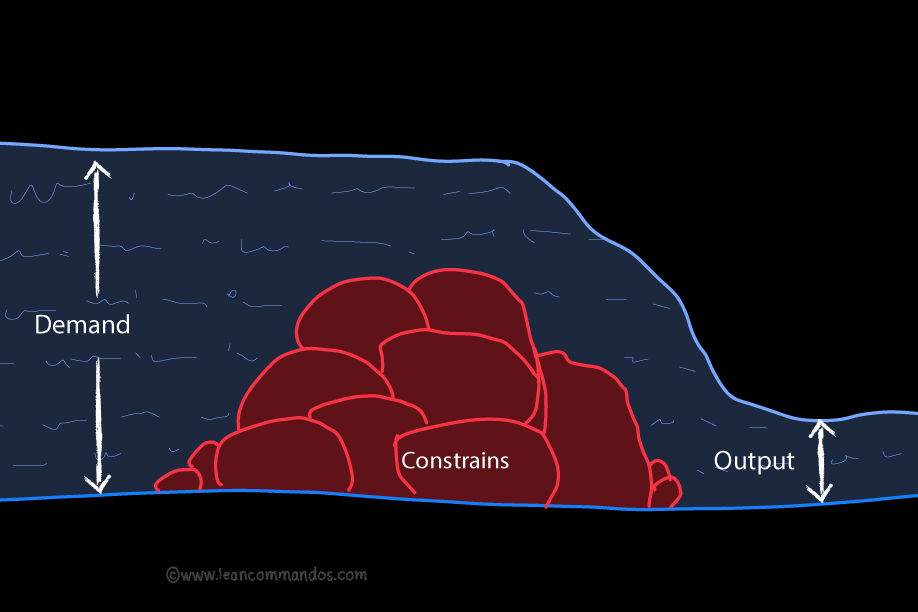
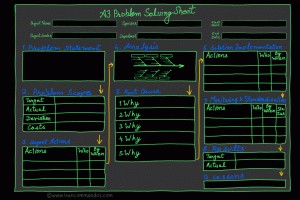
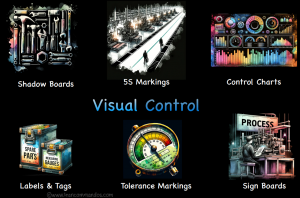
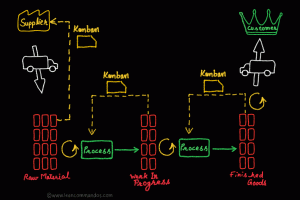
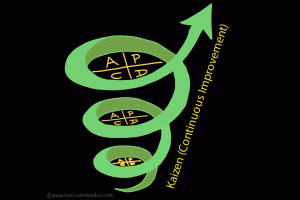

3 Responses
You really make it seem really easy together with your presentation however I find this matter to be actually one thing that I believe I might by no means understand. It seems too complex and very huge for me. I’m taking a look ahead for your next post, I will attempt to get the hang of it!
Awesome blog article.Thanks Again. Cool.
I have not checked in here for some time since I thought it was getting boring, but the last several posts are great quality so I guess I’ll add you back to my everyday bloglist. You deserve it my friend 🙂